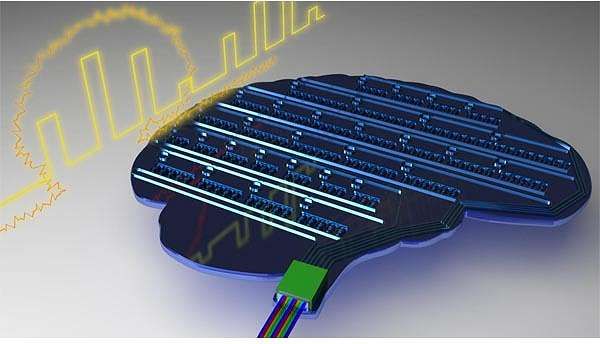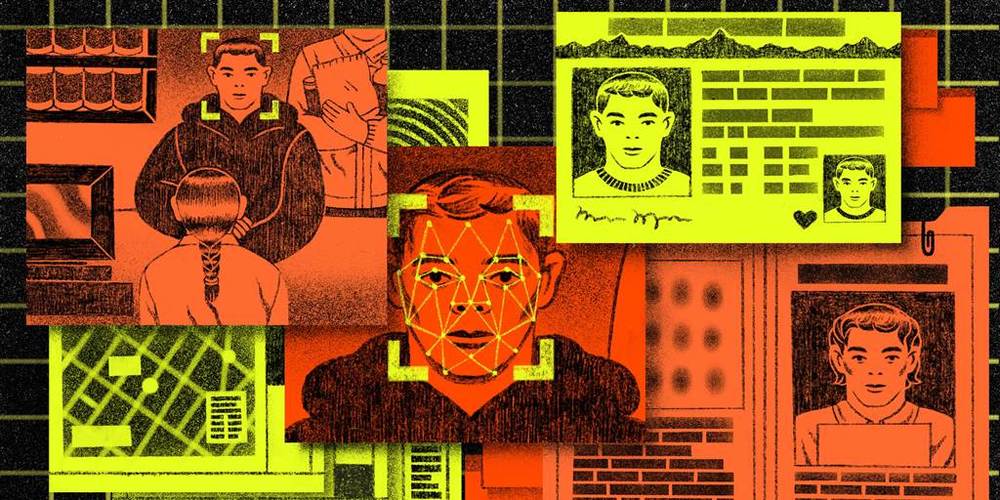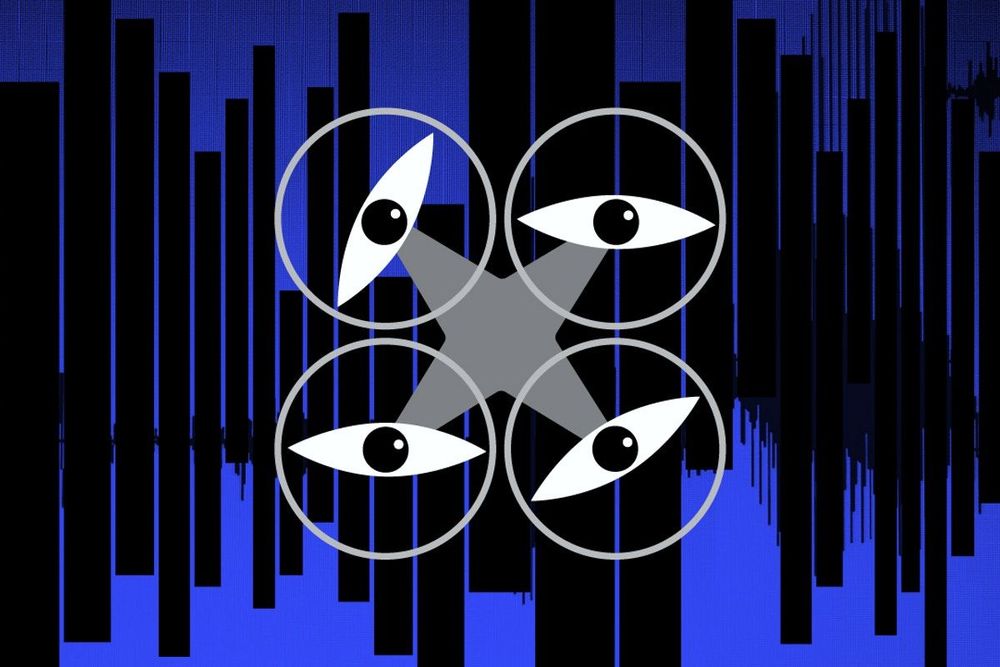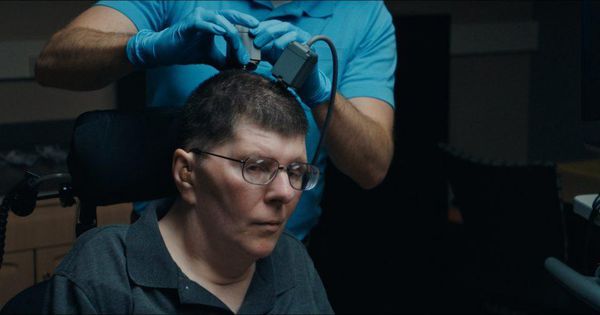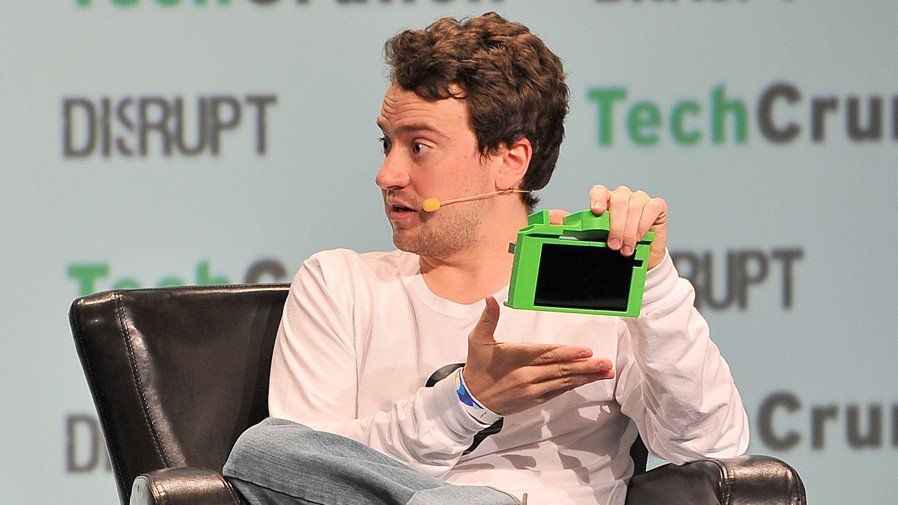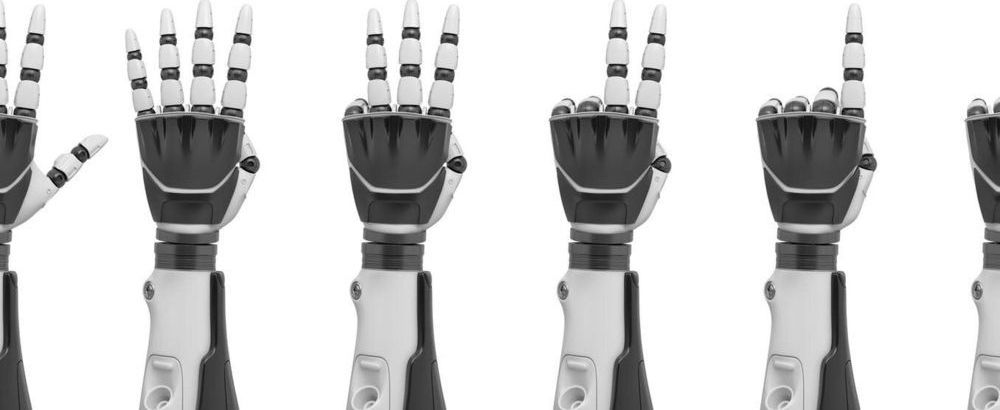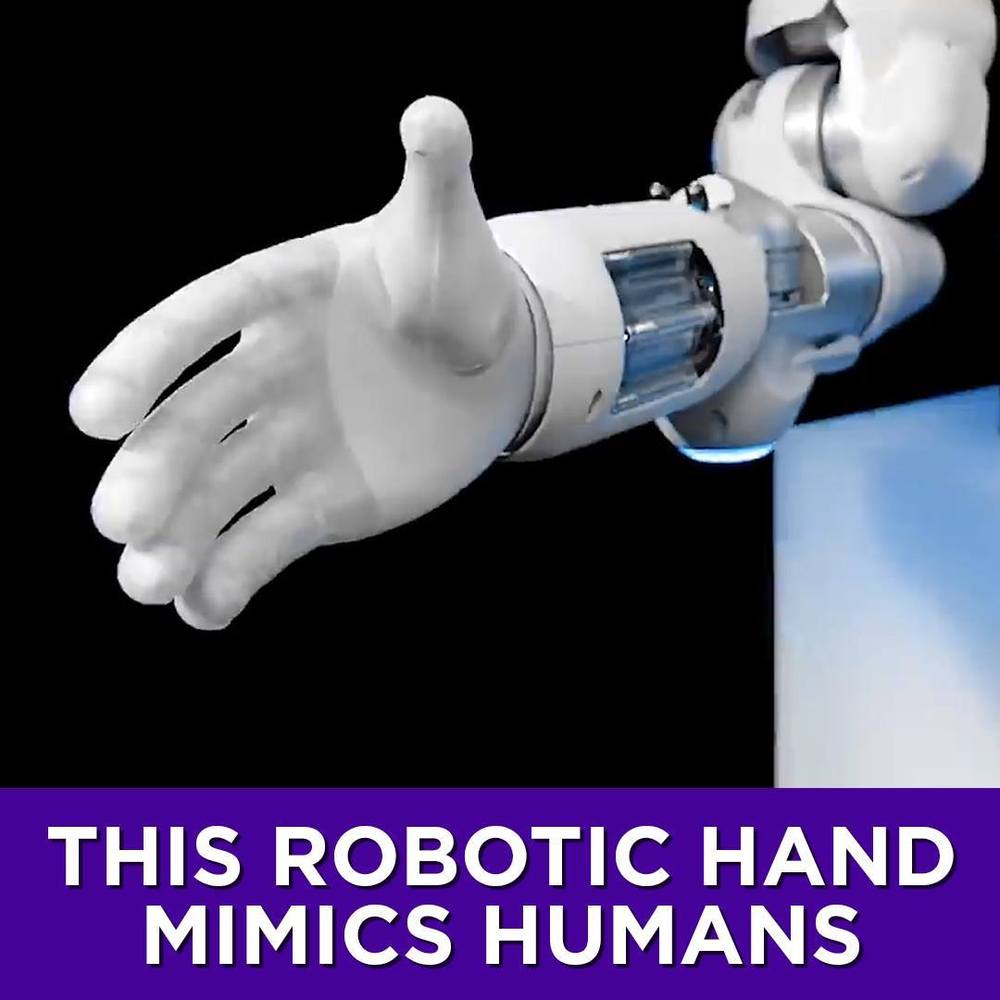A technology that functions like a brain? In these times of artificial intelligence, this no longer seems so far-fetched — for example, when a mobile phone can recognise faces or languages. With more complex applications, however, computers still quickly come up against their own limitations.
One of the reasons for this is that a computer traditionally has separate memory and processor units — the consequence of which is that all data have to be sent back and forth between the two. In this respect, the human brain is way ahead of even the most modern computers because it processes and stores information in the same place — in the synapses, or connections between neurons, of which there are a million-billion in the brain.
